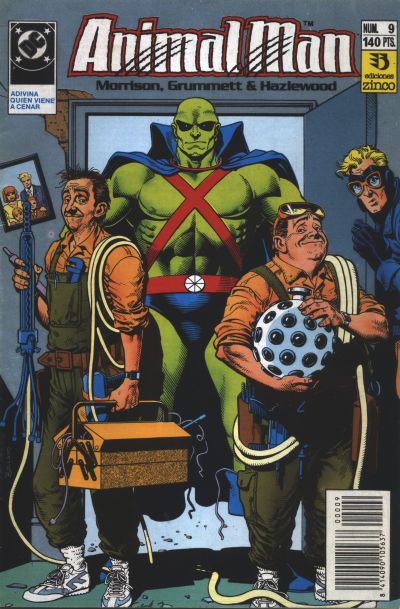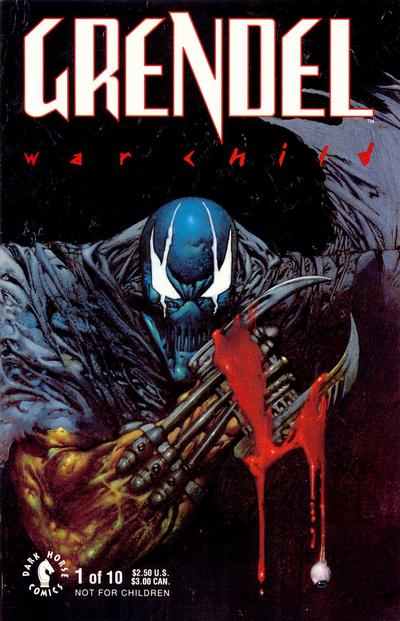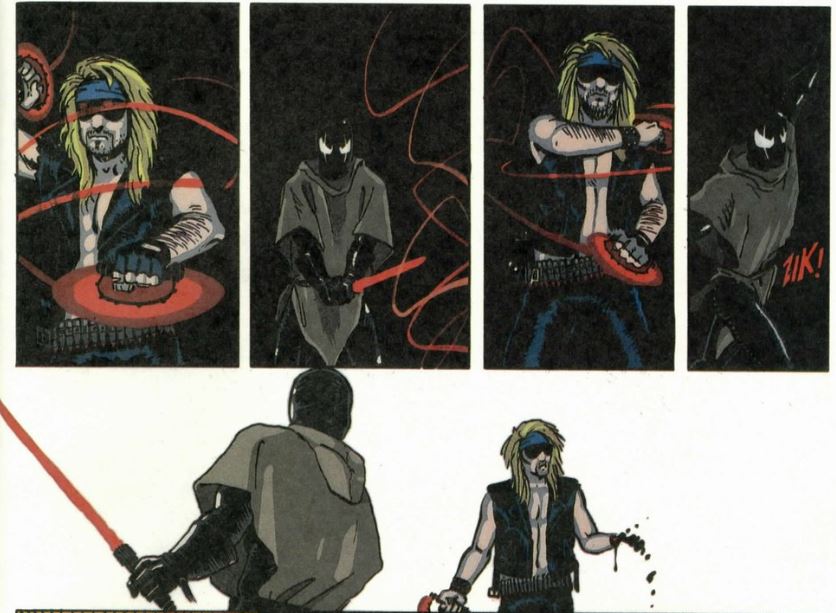This book has a hole in it I-it’s not mint! Dear god in heaven it’s not mint! People, I give you the dumbest ever cover gimmick, courtesy of the good folk at Malibu.

This stupid stunt only makes sense in the context of when it came out. By the early nineties, comics had been overrun by speculators, idiots who bought them as investments. These had already crashed the market once before in the 1987 black and white bust, when everybody looking to be the next Teenage Mutant Ninja Turtle launched their own much crappier version, speculators bought them until even they realised they were worthless and dozens of comic shops went bankrupt, left with thousands of unsellable comics. By 1992 though this was long forgotten as more and more people started treating comics this way, thanks in no small part to price guide magazines like Wizard judging comics only by how ‘hot’ they were.
And what makes a comic hot? Not so much a good story or great artwork, but whether it had the flavour of the month artist on it, or guest starred a particular character, or was important in some way other than in being an enjoyable read. Books like the Turtles had become hot through years of hard slog and word of mouth sales, but that’s difficult. Far easier to just slap a gimmicky cover on your comic instead. People loved that shit in the nineties. Gatefold covers, chromium covers, gold or silver foil covers, covers you can rub the blood on, anything that made a cover special in any way was like catnip to collectors. Most of those were harmless fun, but one or two, like DC’s Eclipso: the Darkness Within #01 had gimmicks that could do actual damage; in this particular case because it had a fake plastic gem glued to the cover which is not good for whichever comic is put in front of it. Protectors #05 went a step further: it actually damaged the book it was covering. The hole after all went through the entire issue.
If this sounds like a parody of what somebody wanting to spoof the special cover craze, that’s because it is. Malibu stole the gimmick from a small press title, Jab, whose third issue had its entire run shot through with various calibres of guns, to create several variant covers! That comic had been actually designed for it, but here Malibu had just punched a hole without any thought on how to incorporate it in the actual story and page composition. It’s very clearly something that was done afterwards, inspired by or stolen from that Jab issue.
I remember seeing the ad for the original Jab issue in Advance Comics, a few months before Protectors 05 came out. Even in there it was very much presented as a joke, so I was flabbergasted when Malibu did it for real. Just unbelievably crass and stupid all round.
The actual comic? Ehhhh. Protectors was a superhero series created out of old Golden Age characters from the long defunct Centaur Comics, written and created by R. A. Jones, with Thomas Derenick, who also did the cover as inked by Mike S. Miller. This issue featured the death of Nightmask, whose chest the hole was punched through on the cover. On the whole, one of those series that looked better in the Comics Scene interview I read about it then in the actual series. Even so, it really didn’t deserve this cover.



